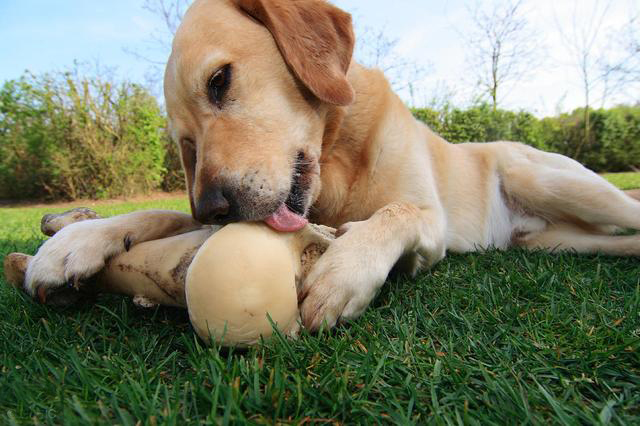|

The double row teeth of a dog, also known as deciduous teeth that remain intact. Normally, a dog should start changing teeth at 3 and a half months of age, with baby teeth beginning to fall out, and by 6 months of age, the change of teeth is almost complete. However, some dogs may not have their baby teeth falling off at 8 months of age, which can cause new permanent teeth to become crooked and deformed, resulting in incomplete occlusion of the teeth. Some may even cut the opposite side of the gums, causing prolonged gum bleeding.
In addition, the angle between the two rows of teeth can easily form tartar, causing bad breath. Double row teeth of dogs is a kind of tooth disease. Affected by the breed of dogs, the lack of acquired calcium, insufficient stimulation of tooth growth and other reasons, the incidence rate of small dogs of Teddy and other breeds can reach more than 40%.
The hazards of double row teeth in dogs
1. Affects the normal development of permanent teeth, leading to slow and uneven growth of permanent teeth, resulting in mouth deformities;
2. Double row teeth form many gaps between teeth, making it difficult to clean food residue and easily leading to a series of oral diseases;
3. Due to compression, the stability of permanent teeth is poor, and the formation of oral diseases can lead to premature loss of permanent teeth, affecting the health and quality of life of dogs;
4. Incomplete oral hygiene can lead to the growth of bacteria in the mouth, affecting the intestines and ultimately affecting the dog's food intake and lifespan.
Prevention and treatment of double row teeth in dogs
1. Food prevention and control
Starting from 2 months old, give your dog dry feed, avoid eating soft food on weekdays, and eat less animal liver and meat. During tooth replacement, supplement your dog with calcium in a timely manner.
2. Human intervention
During a dog's tooth replacement period, it is important to observe whether they can replace all their teeth on their own. If not, they can be assisted by human intervention, such as biting glue, using ropes to tug at them, or using their hands to move their baby teeth and loosen them.
3. Surgical treatment
If a dog's baby teeth are still intact after the age of 1, they can be surgically removed.
|

